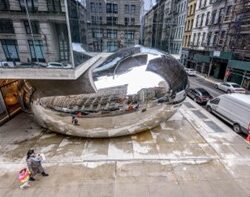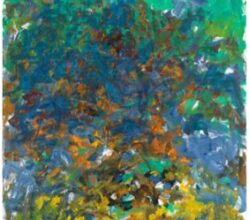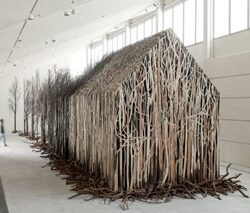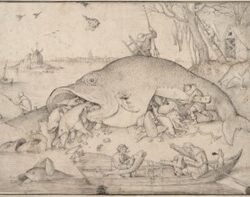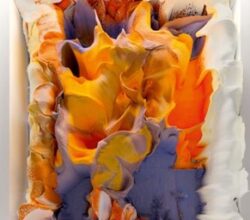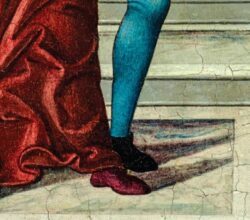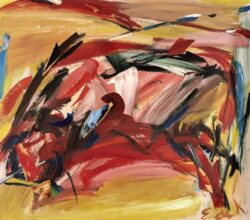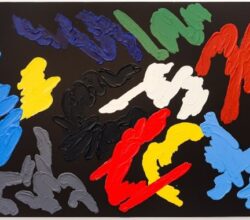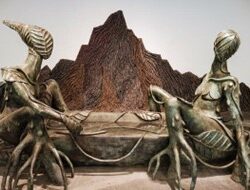
Wangechi Mutu Stages a Family Reunion
Emily Lordi | Cultured | 2nd March 2023
Mutu gained prominence with her figurative collages but her sculptures have lifted her reputation further. Many of these works address the legacy of colonialism or gender violence and have the ability to unsettle. The contrast of materials like Nairobi clay in a gleaming New York museum just adds to a sense of disruption. That pleases Mutu – “my work marries the beautiful and the grotesque, because [this is] what my country is about.” One of the top 10 shows of the year, says one critic.


